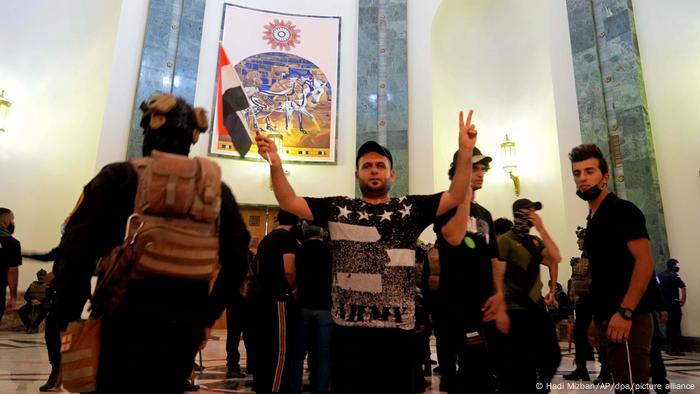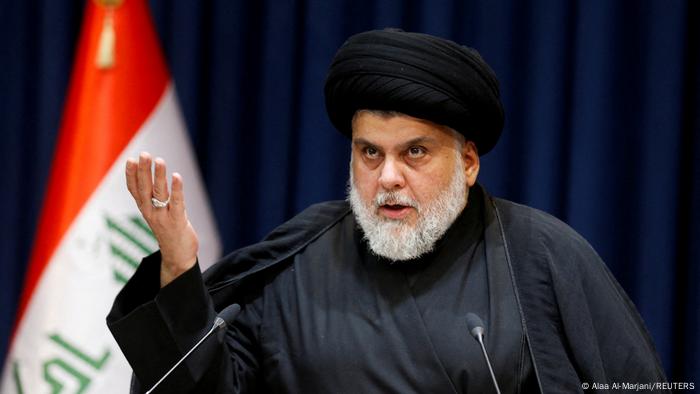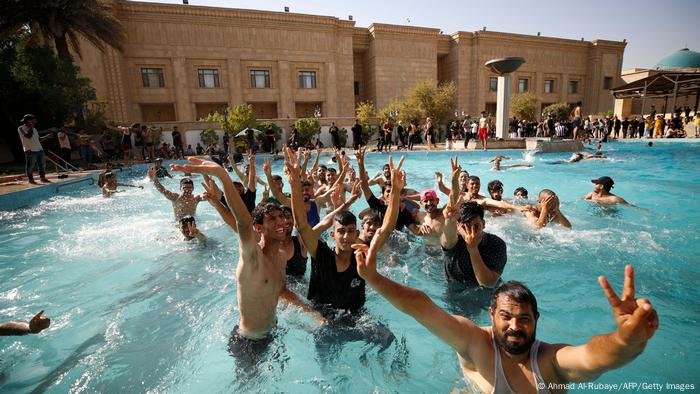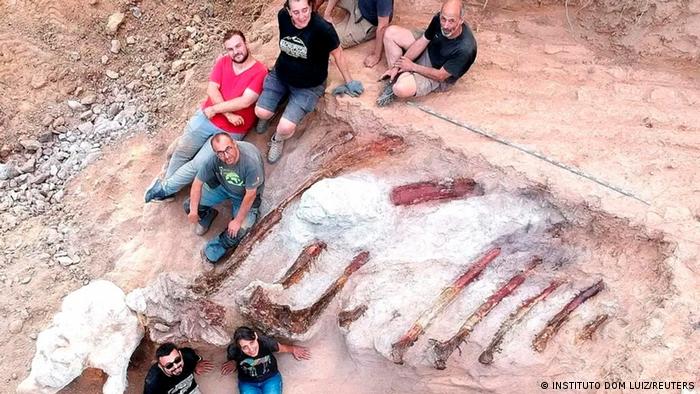When the Venice Film Festival was fascist
The Venice Film Festival celebrates its 90th anniversary this year. Its beginnings were deeply entangled with fascism.

In 1932, the first film festival was held in Venice. Cinema was extremely popular among Italians at the time
This year marks the 90th anniversary of the first Venice Film Festival, when the Italian lagoon city will once again bask in the glitz and glamour of the film industry.
However, dark shadows hang over the birth of the festival, which was launched in 1932. The first president was Giuseppe Volpi — the former finance minister of Italian dictator Benito Mussolini.
His declared goal was to present the festival as a product of fascism and to emphasize its innovative cultural power and its role as a catalyst for experimentation. "A spectacle with Hollywood participation and an international audience, the film festival lent the regime an aura of glitz, modernity and style," writes film scholar Marla Stone.
Tens of thousands of spectators celebrate the art of film
When the festival first opened in 1932, it took place from August 6-21 on the terrace of the Hotel Excelsior on Venice's Lido island. However, the venue soon became too small and the "Palazzo del Cinema" (Cinema Palace) was built in the vicinity. As early as 1937, 60,000 spectators attended.
The presence of many Hollywood stars attracted a large audience that not only viewed the screenings, but also admired the stars against Venice's spectacular nighttime backdrop.
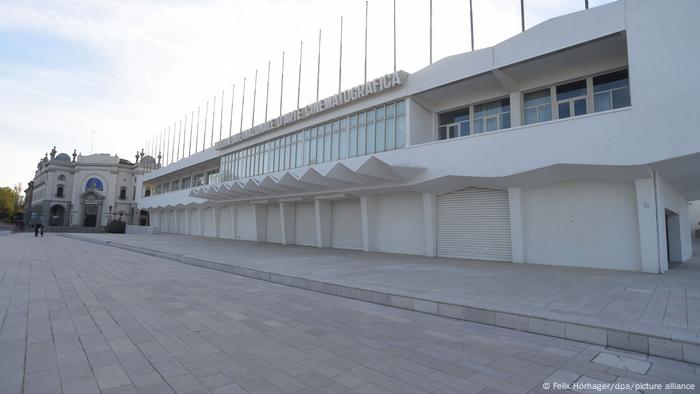
The Palazzo del Cinema is the venue of the Film Festival: It was built from 1936 to 1937
The cosmopolitan wave would not survive the outbreak of war. Beginning in 1938, the awards for the best foreign film went only to productions from Nazi Germany, the fascist allies of Italy at the time.
The jurors were no longer independent, and the festival became a propaganda stage. The notorious antisemitic propaganda film "Jud Süss" by Veit Harlan premiered here in 1940, and Joseph Goebbels, Reich Minister of Propaganda of the Nazi regime, opened the festival in person.
Shocked by this development, French diplomat and historian Philippe Erlanger founded his own film festival — in Cannes, France, now known as the famous Cannes Film Festival.
Film critics welcomed the move
In 1942, an interim edition of the Venice Film Festival would take place, by then renamed the German-Italian Film Festival. "It had nothing to do with the original festival," film expert Stone elaborates. Only films from Germany, Italy and their allies were allowed to be shown.
In Italian film magazines, reporters praised the fact that there was no longer any "superficial" foreign cinema coming from Hollywood, but only from "our own cultivated creatives." The US had boycotted the Venice Film Festival, where the top prize was the "Coppa Mussolini" at the time.
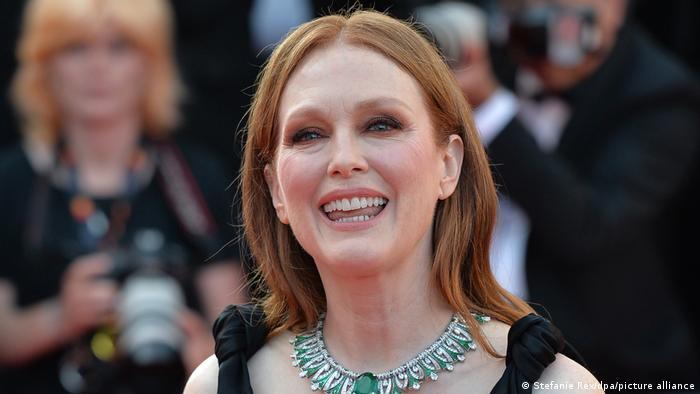
Presiding over the jury this year: US star Julianne Moore
A new beginning
Today, the film festival has dissolved this past. Following the end of World War II, the famed film festival resumed in 1946. It has been attracting filmmakers from all over the world to the Lido ever since.
This year's 79th edition will open with a film from Hollywood: "White Noise" by US director Noah Baumbach, starring Hollywood stars Adam Driver and Greta Gerwig.
The jury will be chaired by US actress Julianne Moore. Together with the jurors, she will decide who will receive the coveted main prize, long since renamed the Golden Lion.
Other celebrity guests expected to attend are Timothee Chalamet, Sadie Sink, Olivia Wilde, Harry Styles, Ana de Armas, Hugh Jackman and Sigourney Weaver.
The Venice Film Festival 2022 runs from August 31 to September 10.
This article was originally written in German.
